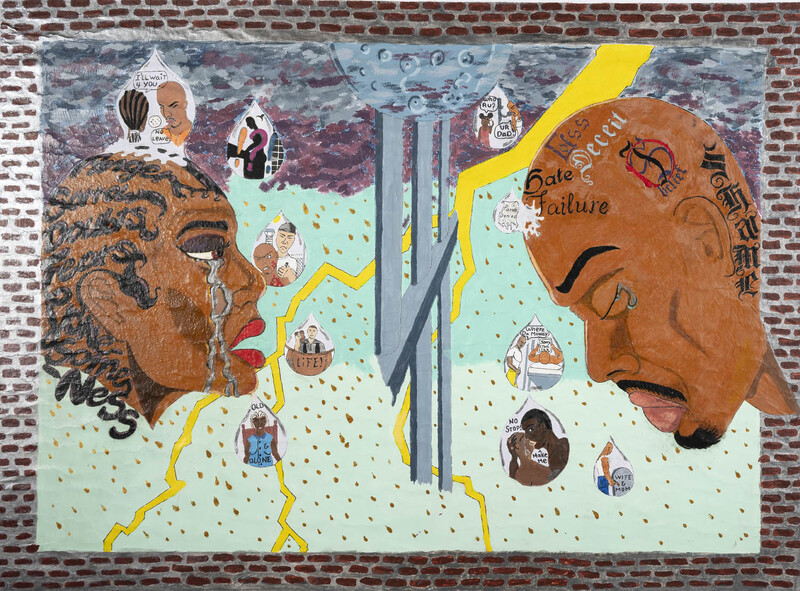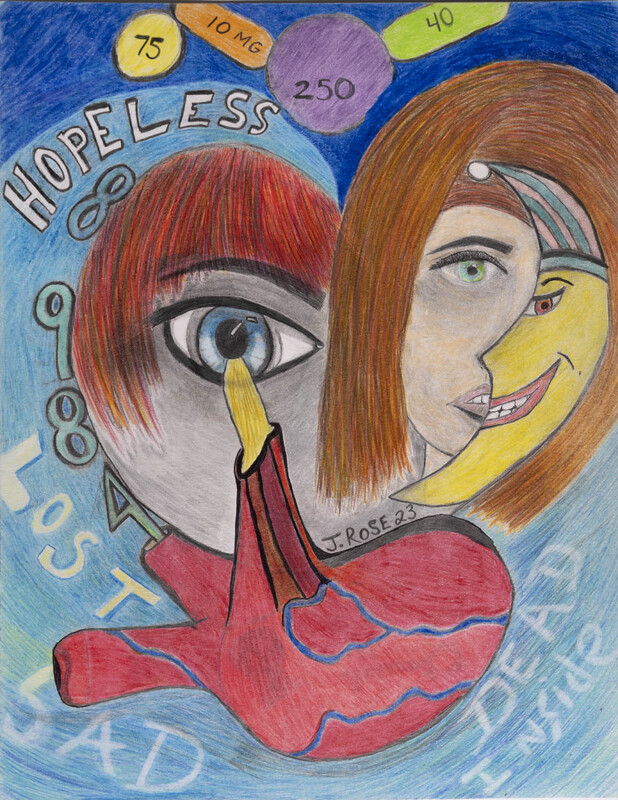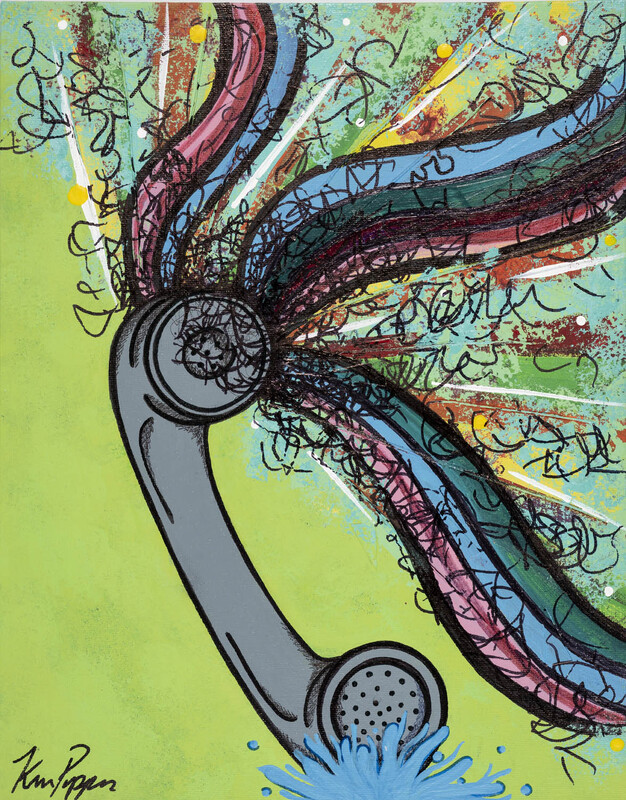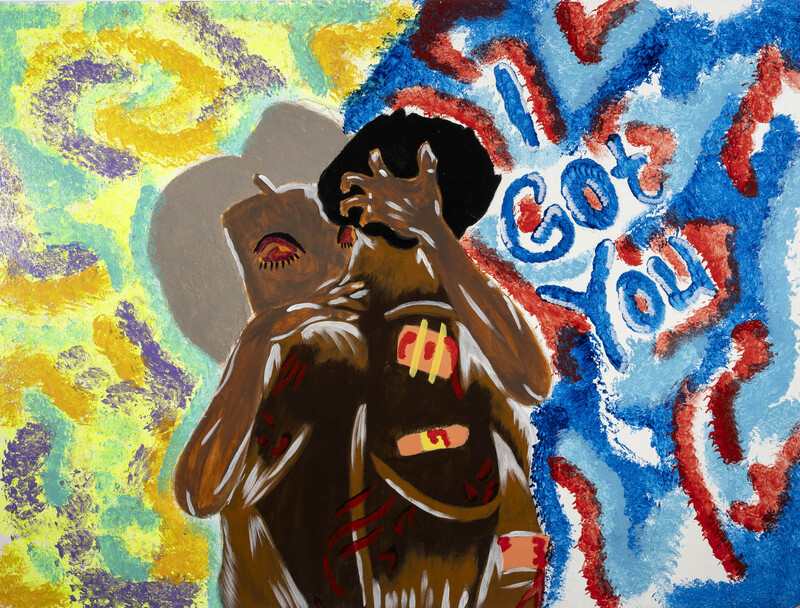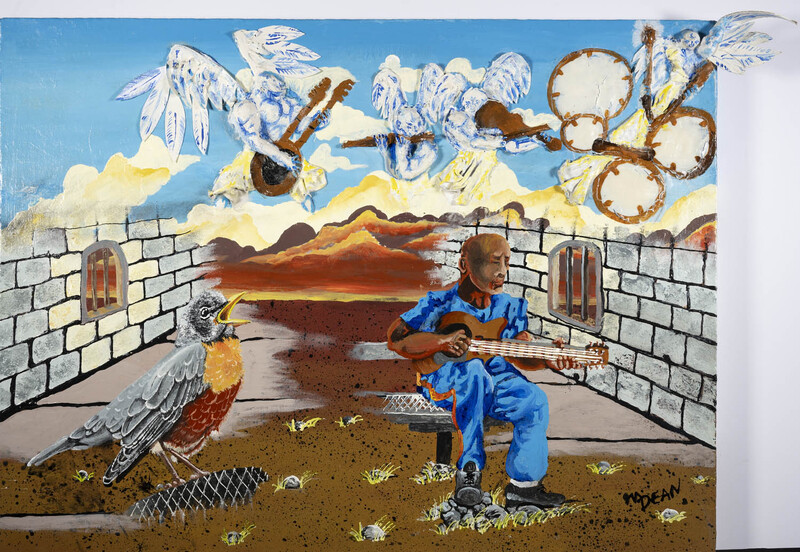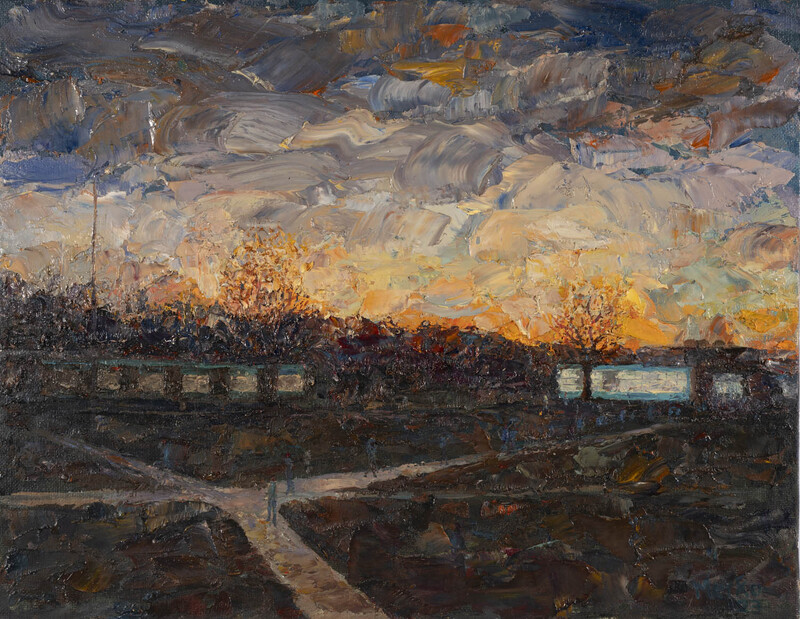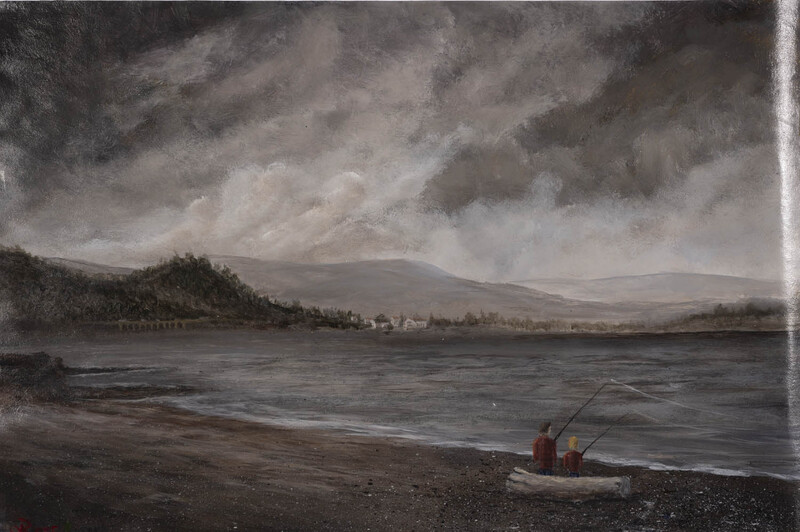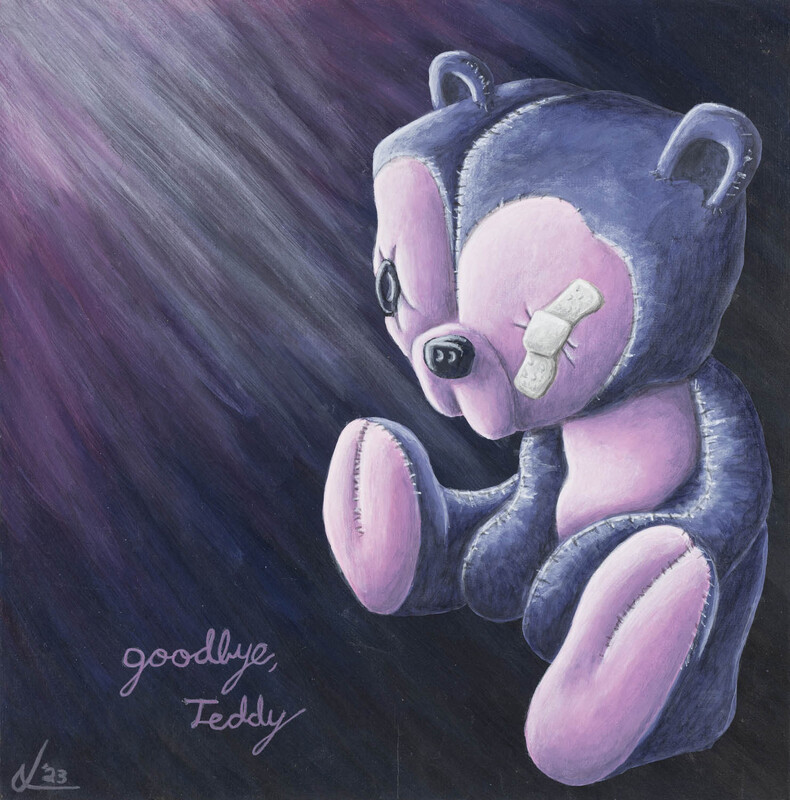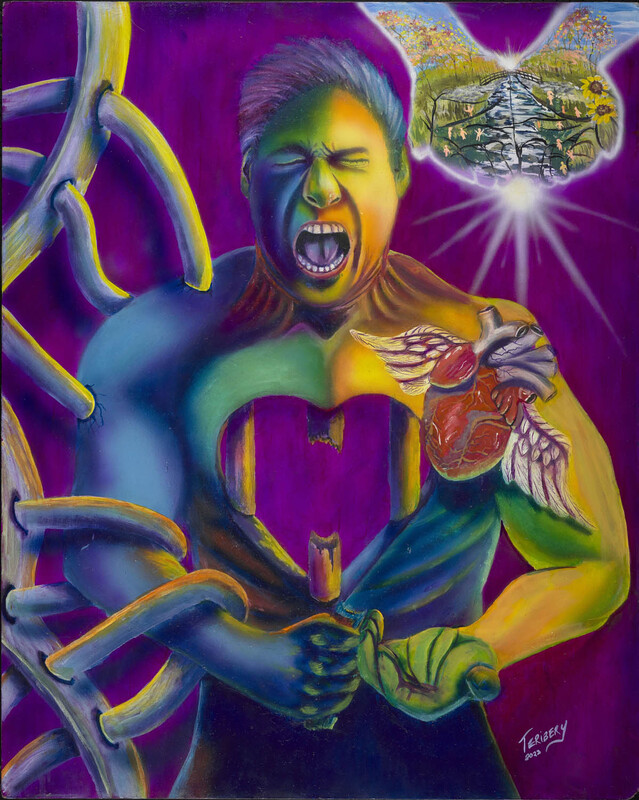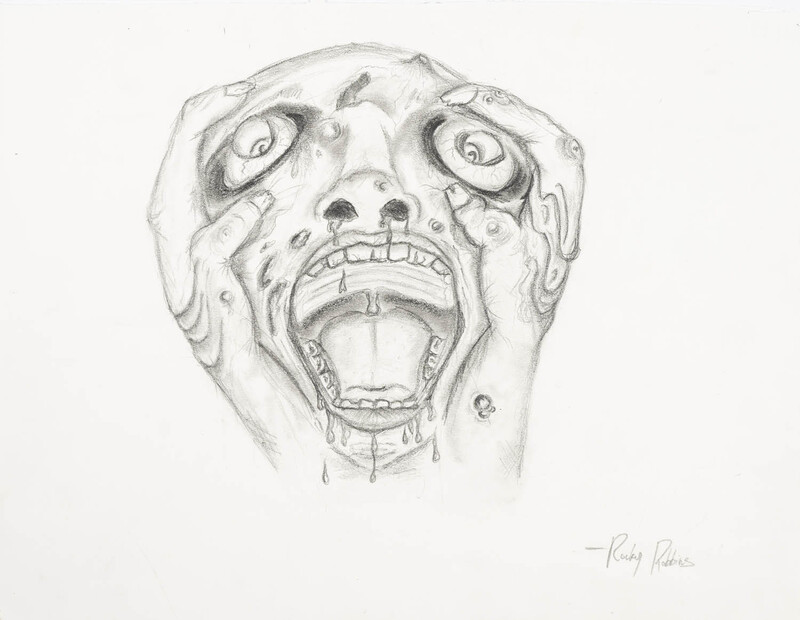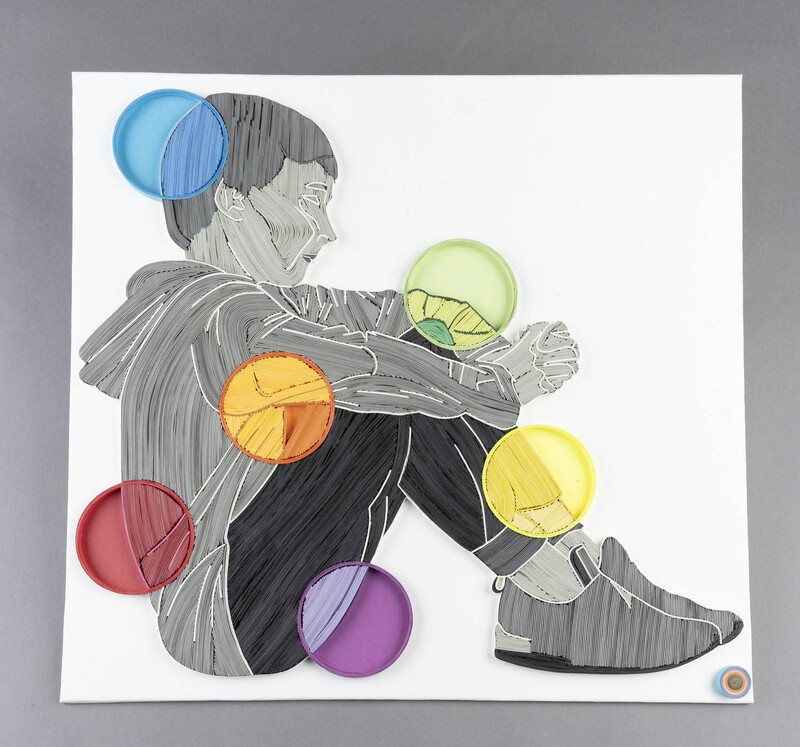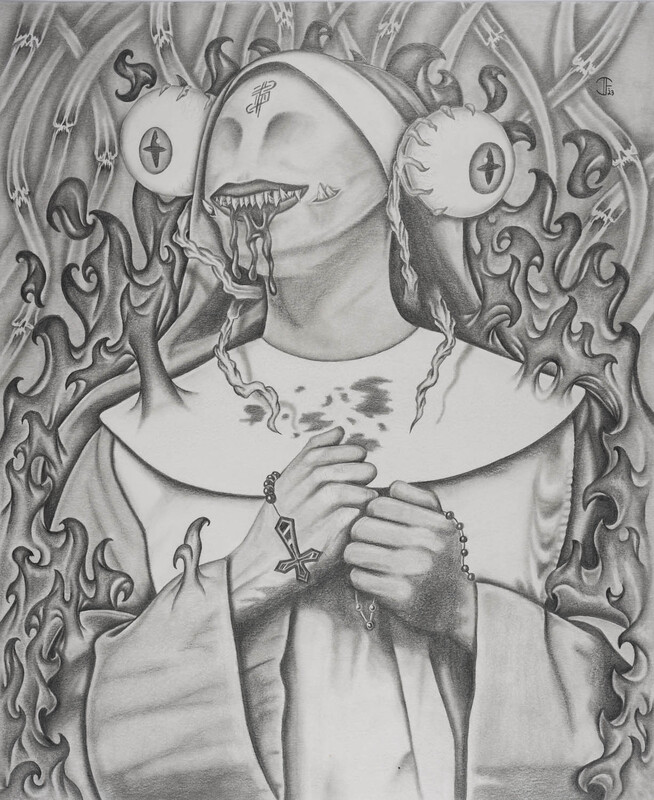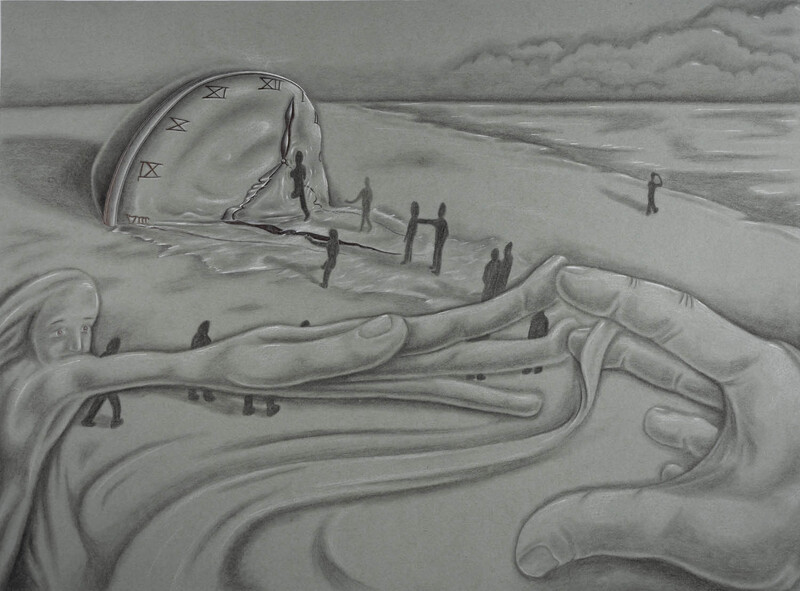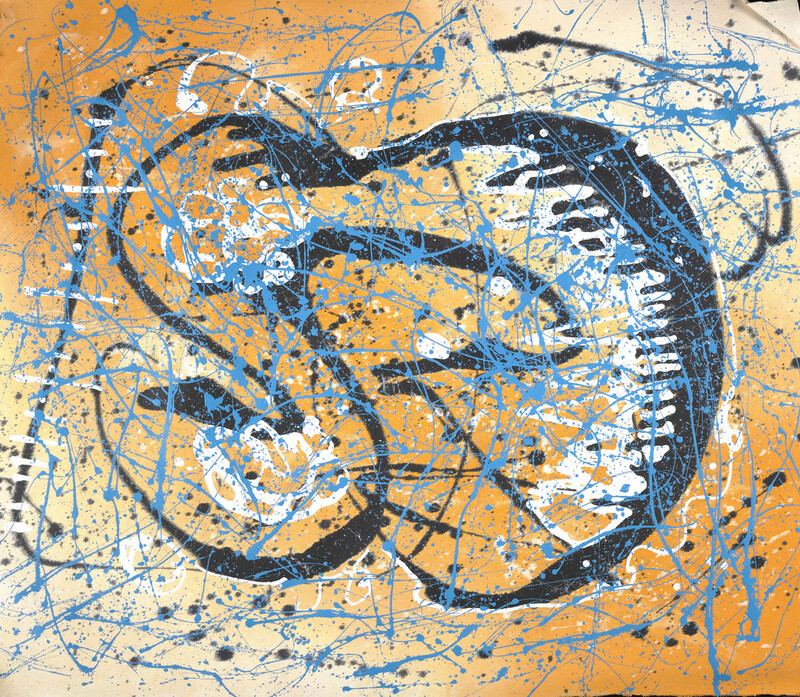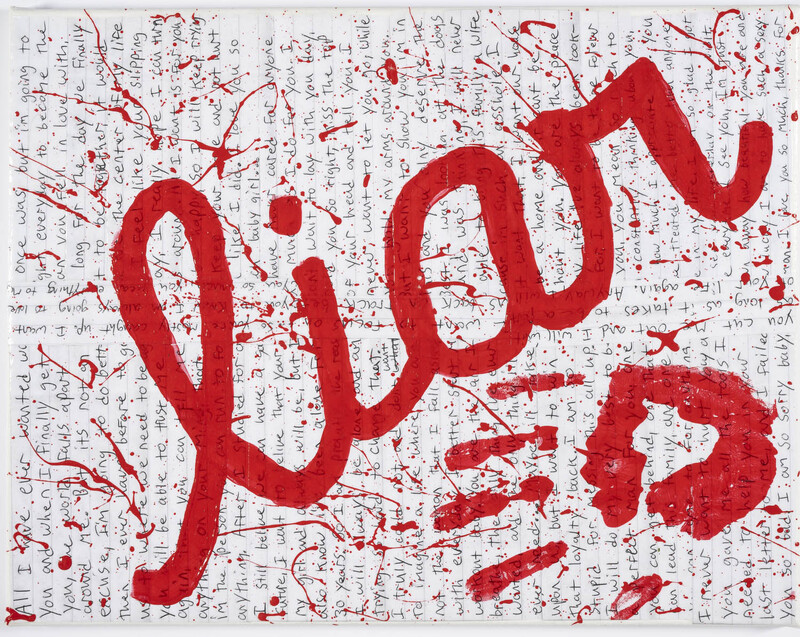Interior Life
The cultivation of an interior life involves reflecting on one’s sense of being. It is an examination of one’s self, but also of one’s place in the world. Our artists this year explore this concept in stunning detail and explore experiences related to dreams, truth, love, hate, anger, freedom, and existential struggle.
Artist’s experiences of confinement vary widely. Take the arresting stillness captured by Oliger Merko in “A Beautiful Evening at MTU,” “Doc” Collison’s haunting recreation of a classic Wyeth in “Christina’s Prison,” and the dialectic between peace and incarceration captured by Michael Dean’s “Beautiful Noise.” Note the extraordinary tensions that each piece captures about how the internal self grapples with what it means to be in prison.
Even though they are housed in facilities sometimes hundreds of miles away from one another, many artists tackle similar themes through wildly divergent perspectives. Compare and contrast, for example, the depictions of substance use when portrayed through cartoon humor, as in Jefferson “Smitty” II’s piece, “‘Who’s The Victim?’ A Rick and Morty Adaptation,” and through the manifest intensity of Evil Ed’s piece, “Fighting Relapse.”
Finally, even in depictions of interior struggle, artists always seem to embrace nuance by portraying elusive experiences of hope. Take, for example, Julie Cain’s piece entitled “It’s Okay,” Ashley Peretiatko’s “Blah Blah Blah,” and Kimberly Pappas’ “Who’s Last on the Phone?” These are all pieces that speak to the existential struggles of being in the world while demonstrating attitudes of acceptance, resilience, and resistance. In highlighting this theme, we show the various ways in which artists bring impactful flavors of nuance to the difficult parts of life, and the ways in which they point us toward the creative, new, and different.
By: Vitalis Im and Martín Vargas

